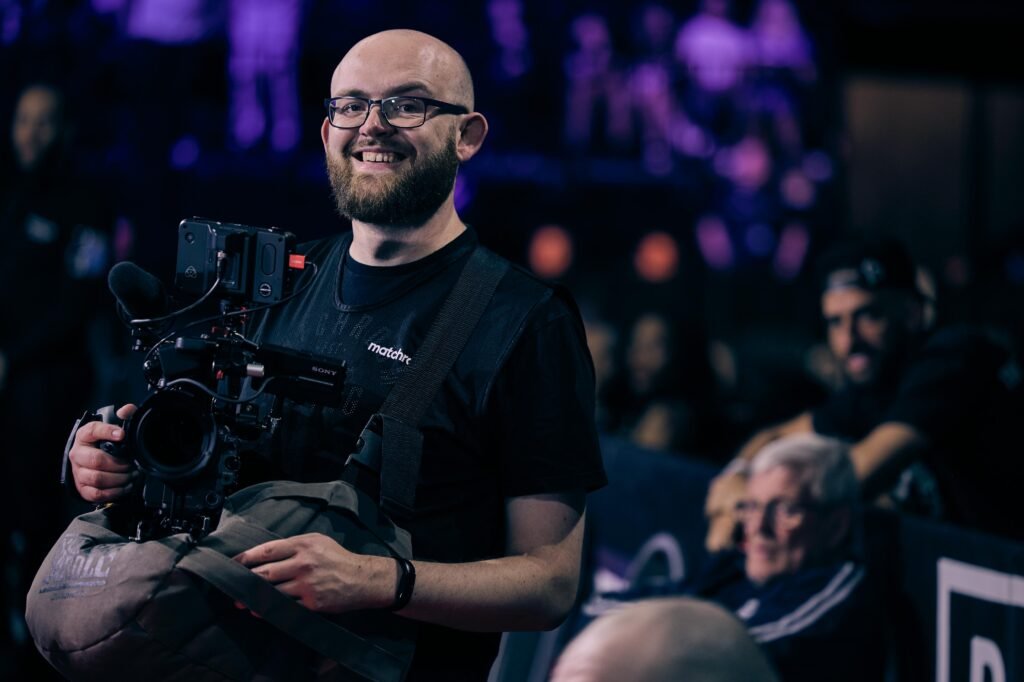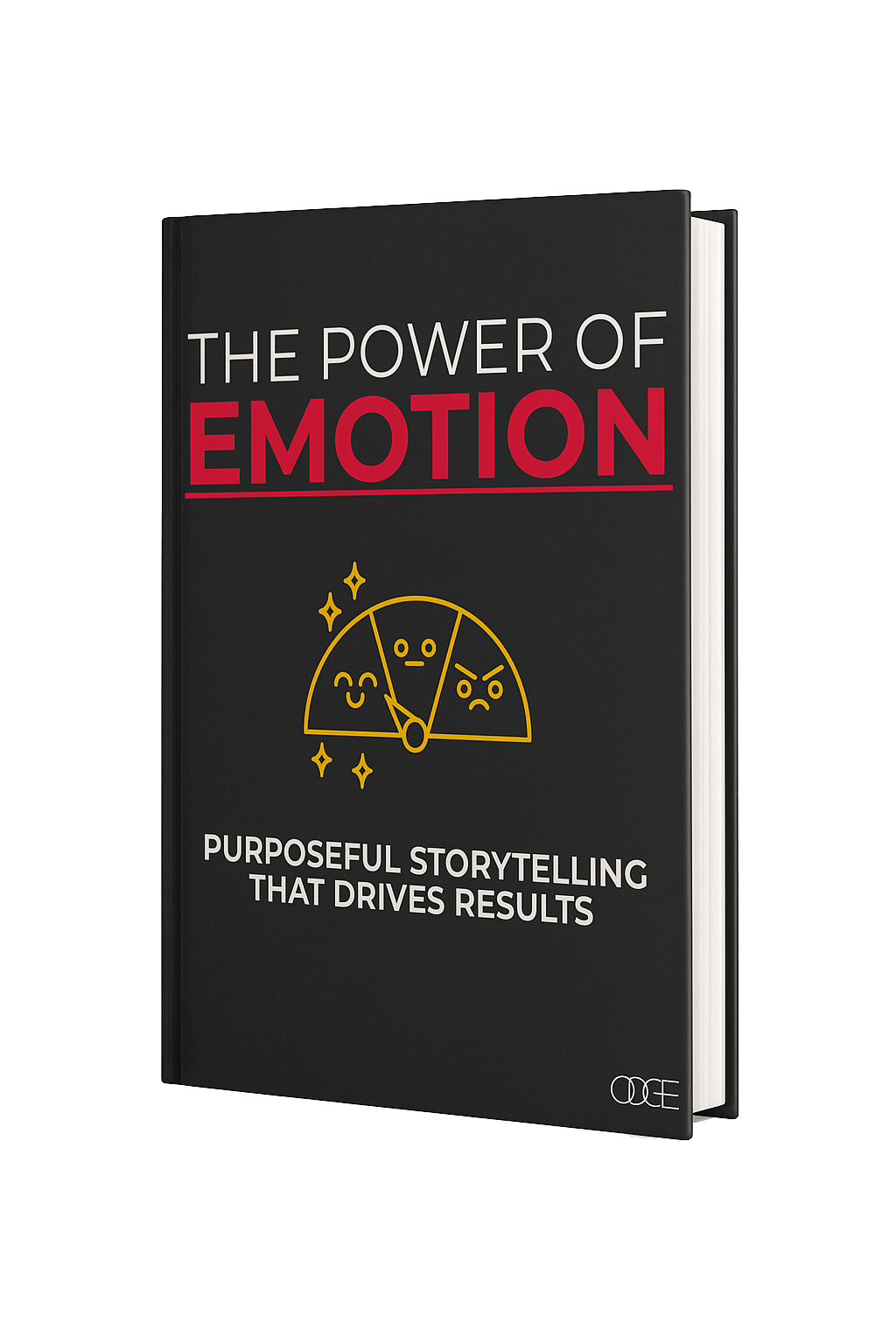Introduction
Medical equipment manufacturers and healthcare providers often focus their messaging on technical features, compliance certifications, and clinical performance. While these are essential for regulatory and purchasing decisions, they don’t always speak to the people who matter most: the decision-makers looking for reassurance, the clinicians seeking reliability, and the patients whose lives depend on these innovations.
Story-led and emotionally engaging video content brings those human moments to the forefront. It helps brands connect on a deeper level and moves viewers to take action. In this blog post, we explore how human-centric storytelling in video marketing makes medical equipment more relatable, memorable, and impactful.
1. People Remember Feelings, Not Features
Emotionally charged storytelling is proven to create stronger memory associations. According to a 2023 Nielsen report, advertisements that generated above-average emotional response delivered a 23% uplift in sales compared to those that didn’t.
In a market full of data sheets and user manuals, a story about how a device improved a patient’s recovery, or helped a nurse work more efficiently, makes the product not only understandable but unforgettable.
Example: A ventilator may be clinically advanced, but when shown helping a COVID-19 survivor return home to their family, the product becomes a symbol of hope.
2. Emotional Engagement Drives Action
Viewers are more likely to act when they feel emotionally connected to a story. In a healthcare environment, that means they’re more likely to remember your brand, ask for a demo, or forward the video to a decision-maker.
Studies show that emotionally engaging content outperforms fact-based content by 2x in consumer preference and has higher completion rates. In medical marketing, this translates into more conversions, better brand recall, and higher perceived value.
Tip: Show real people using your equipment in everyday clinical settings. Let their voices be heard.
3. Trust Is Built Through Stories, Not Specs
Trust is everything in healthcare. But trust isn’t built solely through product brochures or PowerPoint decks. It’s built when people see others sharing their genuine experiences.
A short docu-style video featuring a hospital technician talking about how reliable a device has been, or a parent sharing how a diagnostic tool caught an early-stage illness in their child, can go further than pages of technical data.
Stat: According to Edelman’s Trust Barometer, 63% of people trust content from “people like me” over brand-generated marketing.
4. Story-Led Videos Help Simplify Complex Solutions
Medical equipment can be difficult to explain in a few lines of copy. Video storytelling simplifies this by demonstrating the real-world impact visually and emotionally.
Instead of saying “wireless telemetry monitoring for cardiac patients,” show a nurse using the device to monitor a patient in real-time and preventing a critical incident.
Emotion helps reinforce understanding. When the story is clear, the benefits are easier to grasp.
5. Differentiation in a Crowded Market
Many medical companies are producing the same type of explainer or talking-head videos. Story-led content offers a different path. It cuts through the noise.
By focusing on human experiences and outcomes, your content becomes more than a sales pitch. It becomes a narrative that your audience wants to follow.
Insight: Brands using story-led video content in their marketing saw a 41% increase in engagement compared to standard corporate content (Wyzowl 2024).
6. Relatability Makes Technology Approachable
Medical professionals and procurement officers alike respond better when they can see how equipment works in familiar settings. A relatable story helps bridge the gap between innovation and application.
Show how your product fits into everyday care: how it saves time, reduces errors, improves patient comfort, or supports better outcomes. Frame these benefits through real stories.
7. Supporting the Sales Process With Emotionally Intelligent Content
Your sales team can only be in so many places at once. A well-produced video can tell your story 24/7, globally, consistently, and with emotional intelligence.
When shared in pitches, emails, or at expos, story-led videos put viewers in the shoes of the end user. They go beyond features and start conversations grounded in shared goals: patient safety, clinical efficiency, and positive outcomes.
8. Internal Buy-In Becomes Easier
Video storytelling doesn’t just help with external marketing. It’s a powerful internal tool too. Use it to gain buy-in from stakeholders who might not fully understand the value of the product.
Show the story of a facility that adopted your tech and saw better staff morale, lower readmission rates, or faster patient turnover. These stories carry more weight than stats alone.
9. Patients Are Part of the Story
Medical products often focus on the clinician. But don’t forget the patient. A story that includes the patient’s experience adds emotion, urgency, and relatability.
This isn’t about tugging at heartstrings artificially. It’s about showing how the right tools make people feel seen, safe, and supported. That feeling drives trust and brand loyalty.
10. It Shows You Care About More Than Sales
When a brand takes the time to tell thoughtful stories, it shows commitment to the people behind the purchase. It positions you not just as a supplier, but as a partner in care.
That positioning makes a real difference when a customer is deciding between two near-identical solutions.
Quote: “People don’t buy what you do; they buy why you do it.” — Simon Sinek
Conclusion: From Product to Purpose
In a sector where lives are on the line, emotionally engaging, story-led video content is more than a marketing tactic. It’s a necessity. It turns medical equipment from sterile, technical products into life-improving tools that resonate with people.
When potential customers feel the value, they remember it. And when they remember it, they act.
Now is the time to put the human story at the centre of your medical marketing.






